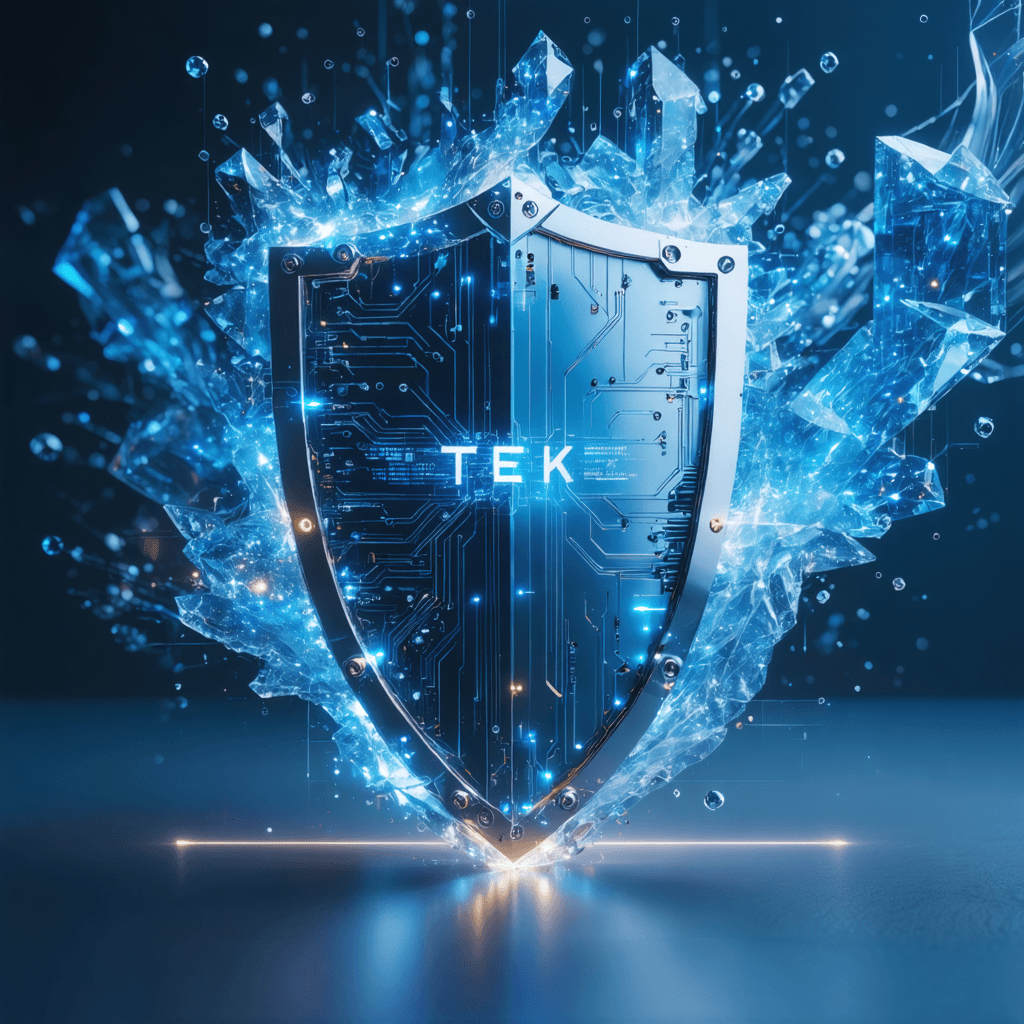7 Mind-Blowing Cybersecurity Shifts That Will Transform Your Digital Safety in 2024
The digital landscape is evolving at an unprecedented pace, bringing both exciting opportunities and complex challenges to our cybersecurity infrastructure. As we navigate through 2024, several groundbreaking shifts are reshaping how we approach digital safety. Let's explore these transformative changes that are revolutionizing cybersecurity as we know it.
1. AI-Powered Threat Detection and Response
Artificial Intelligence has emerged as the cornerstone of modern cybersecurity systems. In 2024, we're witnessing a remarkable evolution in AI-driven security solutions that can predict and neutralize threats before they materialize. Machine learning algorithms are now capable of analyzing patterns across billions of data points in real-time, identifying potential breaches with unprecedented accuracy.
These systems don't just detect threats – they adapt and learn from each encounter, creating an ever-evolving defense mechanism that stays one step ahead of cybercriminals. The integration of deep learning models has reduced false positives by up to 90%, allowing security teams to focus on genuine threats rather than chasing shadows.
2. Quantum-Resistant Cryptography
With quantum computing on the horizon, traditional encryption methods are becoming increasingly vulnerable. The cybersecurity community has responded with quantum-resistant cryptography – a revolutionary approach to data protection that can withstand attacks from both classical and quantum computers.
Organizations are now implementing post-quantum cryptographic algorithms, ensuring their data remains secure even as quantum computing capabilities advance. This proactive approach to quantum security represents a fundamental shift in how we think about long-term data protection.
3. Zero-Trust Architecture Evolution
The concept of "never trust, always verify" has evolved into a sophisticated framework that goes beyond simple access control. Modern zero-trust architectures incorporate continuous authentication, real-time behavior analysis, and dynamic access controls. This approach has become particularly crucial in the era of remote work and cloud-based operations.
Organizations are now implementing micro-segmentation and just-in-time access, ensuring that users have the minimum necessary privileges for the shortest required duration. This granular control significantly reduces the attack surface while maintaining operational efficiency.
4. Biometric Authentication Revolution
Biometric security has undergone a dramatic transformation, moving beyond simple fingerprint and facial recognition. Advanced biometric systems now incorporate behavioral patterns, gait analysis, and even cardiac signatures. This multi-modal approach to biometric authentication provides a nearly foolproof method of identity verification.

5. Automated Security Orchestration
Security orchestration and automated response (SOAR) platforms have become increasingly sophisticated, capable of coordinating complex security operations across multiple tools and platforms. These systems can now automatically investigate incidents, correlate threat intelligence, and execute response actions in milliseconds.
The integration of machine learning with SOAR platforms has created self-healing security systems that can automatically detect, analyze, and remediate security incidents without human intervention, dramatically reducing response times and minimizing potential damage.
6. Privacy-Enhancing Computation
As data privacy regulations continue to tighten globally, privacy-enhancing computation technologies have emerged as a game-changing solution. These technologies allow organizations to process and analyze sensitive data while maintaining strict privacy controls.
Homomorphic encryption, secure enclaves, and federated learning are now being widely adopted, enabling organizations to extract valuable insights from sensitive data without exposing the underlying information. This represents a fundamental shift in how we balance data utility with privacy protection.
7. Blockchain-Based Security Solutions
Blockchain technology has evolved beyond cryptocurrency to become a powerful tool for cybersecurity. Decentralized identity management, secure supply chain verification, and immutable audit trails are just a few examples of how blockchain is enhancing security infrastructure.
Organizations are leveraging blockchain to create tamper-proof systems for sensitive data storage, identity verification, and secure communication channels. This technology is particularly valuable in preventing unauthorized access and maintaining data integrity across distributed networks.
Looking Ahead
These transformative shifts in cybersecurity are not just technological advances – they represent a fundamental change in how we approach digital safety. As cyber threats continue to evolve, these innovations provide the foundation for a more secure digital future. Organizations that embrace these changes will be better positioned to protect their assets and maintain trust in an increasingly connected world.
Take Action Now
Ready to stay ahead of the curve and protect your digital assets? Explore our comprehensive cybersecurity courses and resources at 01TEK. Our expert-led programs will help you master these cutting-edge technologies and prepare for the future of digital security. Visit 01TEK's cybersecurity learning portal to begin your journey toward enhanced digital safety.
Sources: 1. McKinsey Technology Trends 2024 2. World Economic Forum Future of Jobs Report 2025 3. Gartner Strategic Technology Trends 2025 4. Deloitte Tech Trends 2025 5. PwC AI Business Predictions 2025
Every time I took these bigger risks, the opportunity for a bigger payout was always there.
Casey Neistat, filmmaker



